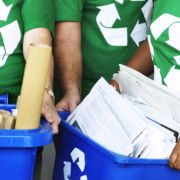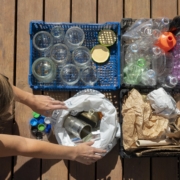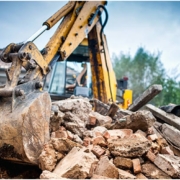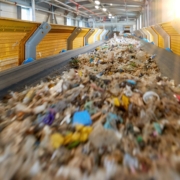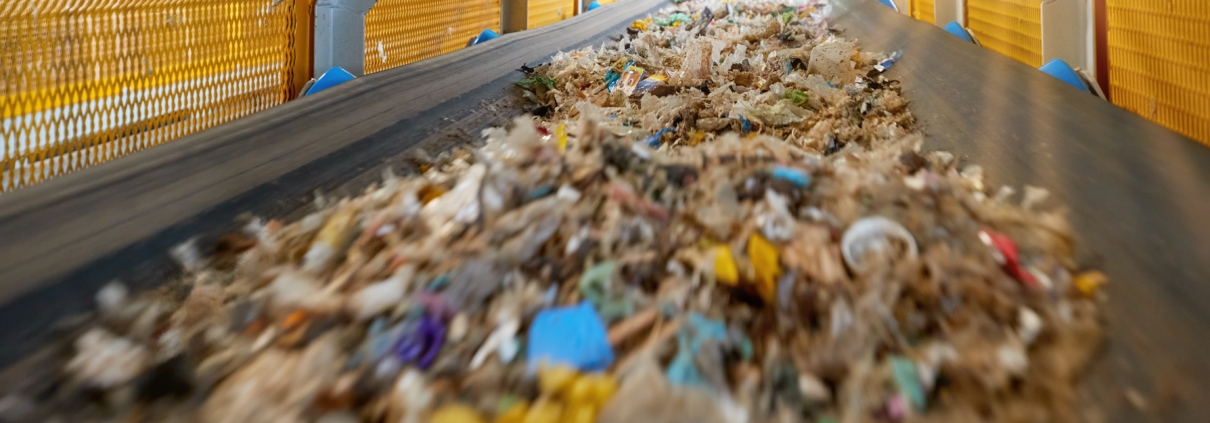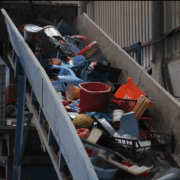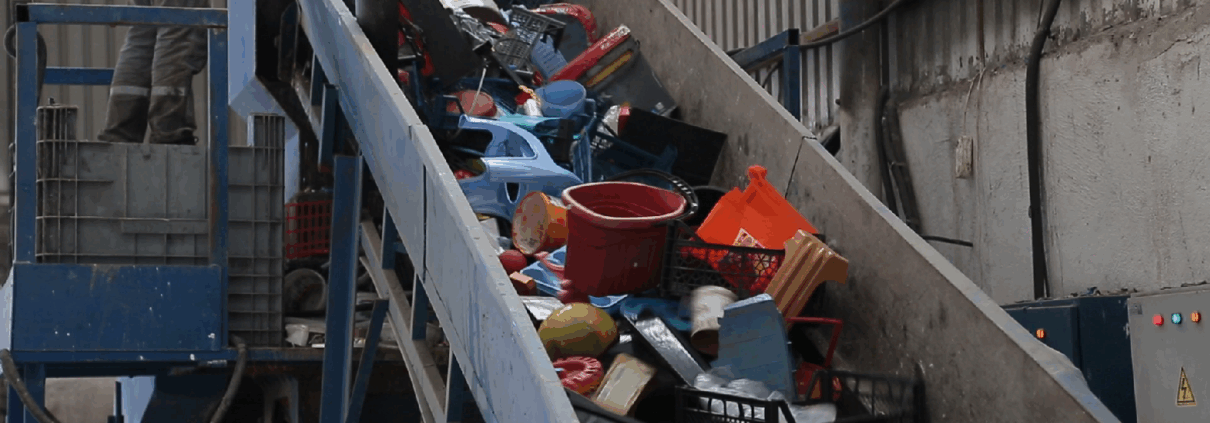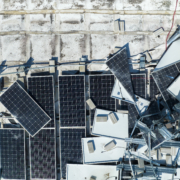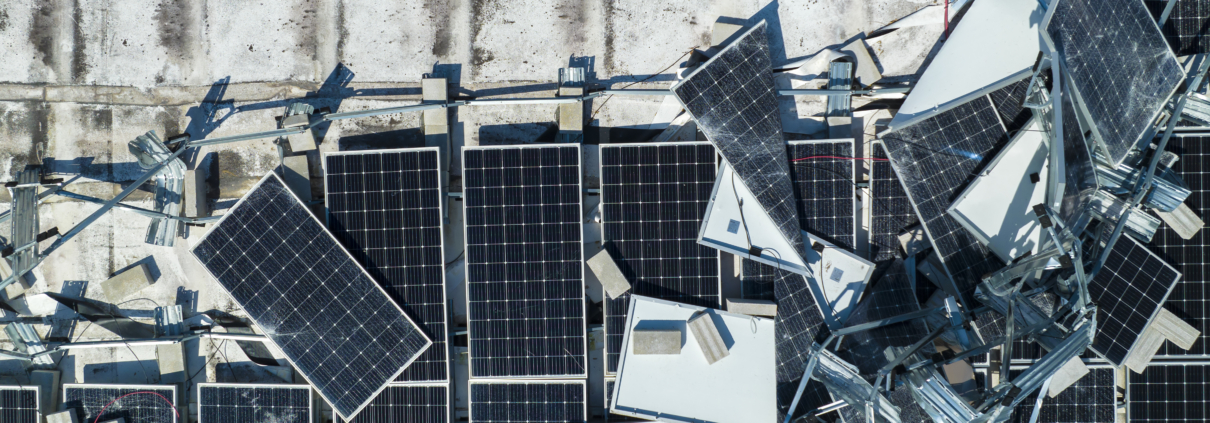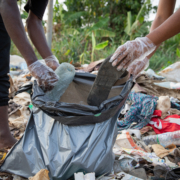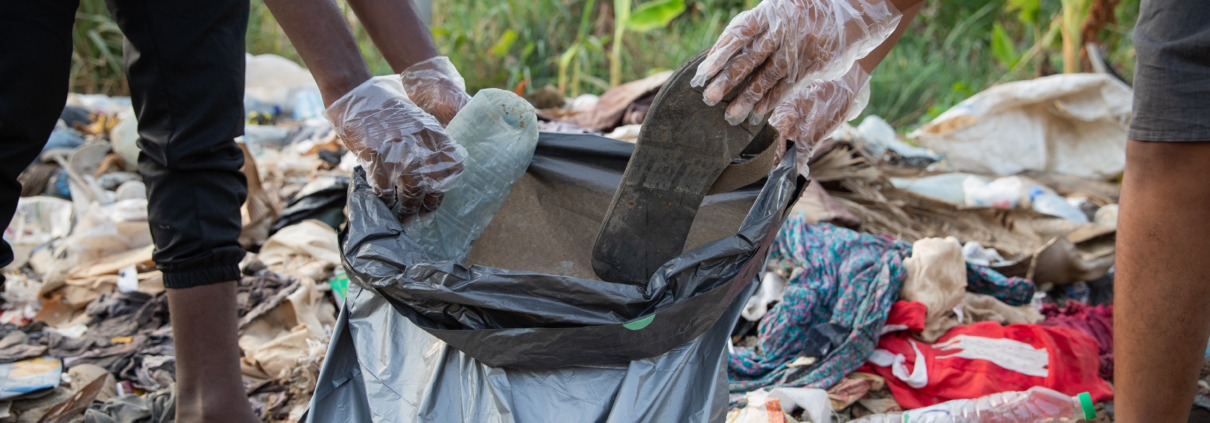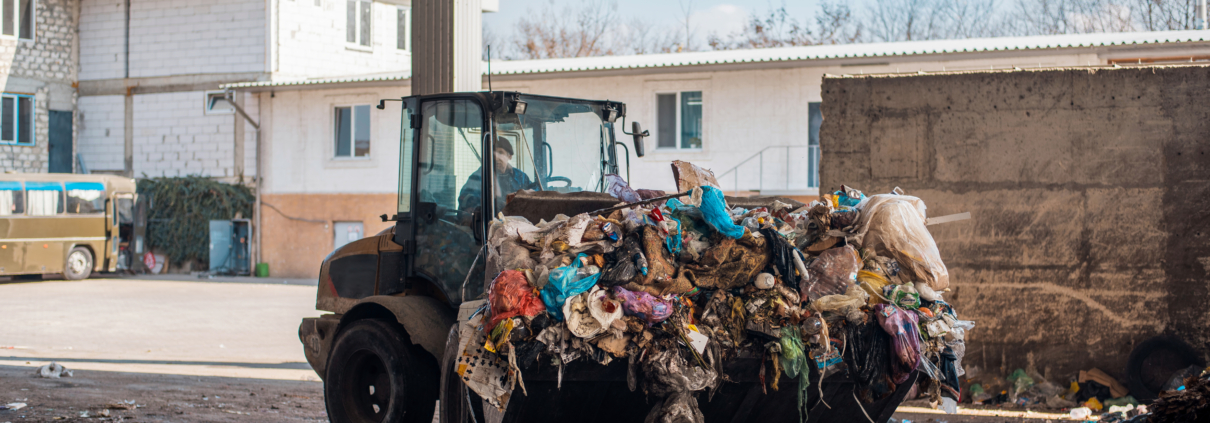Urban waste treatment plants are essential in solid waste management. Its main function is to classify and process waste to minimize its environmental impact and encourage recycling. Through advanced technologies, these facilities contribute to the circular economy. In addition, they ensure a better quality of life and public health by reducing pollution and promoting sustainable practices.
Importance of Urban Waste Treatment Plants
Urban waste treatment plants occupy a fundamental place in the effective management of the waste generated by our society. They have a direct impact on the environment and public health, as well as an important role in the local economy and sustainability.
Role in Urban Solid Waste Management
These facilities are essential to handling the growing amount of waste we produce. They are in charge of classification, separation and recovery, ensuring that recyclable materials are used properly. This process not only optimizes resources, but also decreases pressure on landfills.
- Facilitation of separation at source, promoting more efficient management.
- Reduction of pollution generated by poorly managed waste.
- Optimisation of collection logistics through correct planning.
Contribution to the Environment
The environmental impact of these plants is multiple. They help reduce the volume of waste that ends up in landfills. Thus, greenhouse gas emissions and the use of natural resources are minimized. This conversion of waste into recyclable resources plays a crucial role in the conservation of our planet.
- Reduced impact on air and water quality.
- Protection and conservation of biodiversity.
- Promoting a more sustainable circular economy through the reuse of materials.
Public Health Benefits
Proper waste management also has positive effects on public health. By reducing waste that decomposes in landfills, the risk of pest-related diseases and contamination is minimized. This translates into a healthier environment for the population.
- Reduction of outbreaks of infections and diseases.
- Improvement of the quality of life in nearby communities.
- Generation of a more attractive and cleaner environment.
Types of Waste Treatment Plants
Within the field of waste management, there are various infrastructures that perform specific functions in waste management. Treatment plants are classified into types that are adapted to the characteristics of the treated materials and the objectives of their processing.
Separation and Sorting Plants
These facilities are responsible for the segregation of waste into different fractions to facilitate its subsequent treatment. Here, advanced technologies are used to differentiate between recyclable and non-recyclable materials. The effectiveness of this type of plant lies in its ability to optimise the use of resources and minimise the volume of waste to be disposed of in landfills.
- **Separation Process:** Uses automated systems including optical and magnetic technologies to improve sorting accuracy.
- **Main objective:** To supply recycling chains with high quality recovered raw materials.
Recovery and Recycling Plants
The focus of these plants is on turning waste into useful raw materials. This process involves recycling various materials, such as plastics, metals, and paper, contributing to the circular economy. During the recovery stages, organic waste can be transformed into compost or biogas, which enhances its reuse.
- **Recycling of materials:** Processes that allow waste to be transformed into new products, reducing the demand for virgin resources.
- **Contribution to sustainability:** Reduces environmental impact by reducing the amount of waste that reaches landfills and encouraging the use of renewable resources.
Energy Recovery Plants
These facilities deal with the conversion of non-recyclable waste into energy. Through processes such as controlled incineration, electricity or usable heat is generated, converting what would be waste into an energy resource. This type of plant plays a fundamental role in waste management, especially those that cannot be recycled.
- **Waste transformation:** It allows waste to be used efficiently, contributing to the reduction of dependence on fossil fuels.
- **Controlled emissions:** They implement technologies that minimize harmful emissions, ensuring a balance between energy generation and environmental protection.
Processes in Waste Treatment Plants
Waste treatment plants employ a variety of processes to manage waste efficiently and sustainably. These procedures ensure that materials are properly separated, processed, and valorized, contributing to better environmental management.
Separation of Recyclable Materials
Proper separation of recyclable materials is critical to maximizing recycling. This process involves the use of advanced technologies that facilitate the sorting of waste into specific fractions. Methods used include:
- Manual sorting: Operators manually check and separate waste.
- Optical systems: Sensors that detect and classify different materials based on their composition.
- Magnets: Used to extract ferrous metals.
This care in segregation helps ensure that only recyclable materials are sent for further processing, reducing the volume of waste that reaches landfills.
Organic Waste Treatment
Organic waste, which constitutes a large part of municipal solid waste, is treated using specific technologies. This treatment seeks to decompose organic matter and transform it into useful resources. The main ways to manage this waste include:
- Composting: A process where waste is broken down aerobically to create natural compost.
- Anaerobic digestion: Organic matter decomposes in the absence of oxygen, producing biogas and fertilizers.
The efficient treatment of organic waste not only reduces the volume sent to landfills, but also generates products that can be reincorporated into agriculture.
Biogas Generation
The production of biogas from organic waste is an ecological solution that transforms waste into energy. This process takes place in anaerobic digesters, where microorganisms break down organic matter. The benefits are multiple:
- Reduction of greenhouse gas emissions.
- Renewable energy generation.
- Production of organic fertilizers that can be used in agriculture.
The implementation of this technology makes it possible to take advantage of waste that could otherwise contribute to environmental pollution.
Energy Recovery from Waste
Energy recovery is a process that transforms non-recyclable waste into usable energy. Through incineration or gasification, waste is converted into electricity and heat. This method offers multiple advantages, such as:
- Significant reduction in the volume of waste.
- Generation of energy that can be integrated into the electricity grid.
- Decreased dependence on fossil fuels.
This approach represents an effective way of managing waste and contributes to a more sustainable and diversified energy system.
Economic Impact of Waste Treatment Plants
The economic impact of waste treatment plants is significant and multifaceted. These facilities not only contribute to sustainability, but generate tangible economic benefits for local communities and the country as a whole.
Circular Economy and New Resources
The implementation of waste treatment plants promotes the circular economy, a model that seeks to close the life cycle of products through the reuse, recycling and recovery of materials. This approach not only reduces reliance on virgin resources, but also creates new resources from waste. Some of the benefits derived from this circular economy are:
- Cost reduction in the production of new materials.
- Reduction of waste sent to landfills.
- Recovery of valuable materials, such as metals, plastics and paper, which can be reused in society.
In this way, treatment plants serve as engines of innovation and sustainability, transforming waste into economic opportunities.
Job Creation
Waste treatment plants are not only critical to the environment, but also create jobs in various areas. The construction and operation of these facilities require a multitude of workers, which contributes to local economic development. Some of the types of employment generated include:
- Machinery operators and specialized technicians.
- Administrative and management staff.
- Researchers and technicians in recycling technology and waste treatment.
Increased employment in this sector improves the local economy and promotes professional development in areas related to sustainability and resource management.
Sustainable Business Models
Developing sustainable business models around waste treatment plants is crucial to their long-term viability. These models must be integrated into the regional economic strategy, generating income through:
- Sale of recycled materials to industries that need them.
- Production of energy from waste, such as biogas or derived fuels.
- Development of waste management consulting services for other municipalities.
These approaches not only provide a sound economic basis, but also contribute to the ability of plants to positively influence waste management at the national level.
Technologies Implemented in Waste Treatment
Technological innovations have transformed the way waste is managed. The treatment plants have integrated various tools and processes that optimize the classification, processing and recovery of materials, thus achieving a lower environmental impact and greater operational efficiency.
Automation and Optical Sorting
Automation has revolutionized treatment plants, where optical sorting has become a fundamental element. This system uses advanced technologies to recognize different types of materials using optical sensors and cameras. These systems are capable of identifying colors, shapes, and textures, facilitating the accurate separation of recyclable waste.
- Reduction of human error in classification.
- Increased speed in the separation process.
- Improvement in the quality of the recyclable materials obtained.
This kind of automation also translates into lower operating costs in the long term, as it allows a significant reduction in the need for manual labor, thus increasing the competitiveness of treatment plants.
Anaerobic Digestion
This process has established itself as an effective solution for transforming organic waste into renewable energy. Anaerobic digestion uses microorganisms that break down organic matter in the absence of oxygen, generating biogas that can be used to produce electricity or heat.
- Contribution to sustainability by generating energy from renewable sources.
- Production of organic fertilizers as a by-product of the process.
- Reducing the amount of waste that ends up in landfills.
This approach not only contributes to the circular economy, but also helps mitigate greenhouse gas emissions, representing a significant step forward in the fight against climate change.
Innovation in Paper and Cardboard Recycling
The technologies implemented in the paper and cardboard recycling industry have significantly improved the efficiency of the process. From initial harvesting to processing, modern machines can recover a higher percentage of fibers, optimizing the use of resources.
- Use of high-capacity presses that compact materials for more efficient transport.
- Disintegration systems that prepare the fibers for reconstitution into new products.
- Implementation of technologies that minimize pollution in the recycling process.
These improvements have not only enabled more effective recycling, but have also reduced the environmental impact associated with the production of virgin paper, which is crucial in the pursuit of a more sustainable future.
Challenges in Waste Management
Waste management presents multiple challenges that must be faced to achieve effective sustainability. Among these challenges are the search for solutions to reduce emissions and optimize the use of resources.
Greenhouse Gas Emissions Reduction
One of the main challenges in waste management is the reduction of greenhouse gas (GHG) emissions. The decomposition of organic waste in landfills produces methane, a gas that contributes significantly to climate change.
To address this challenge, it is critical to implement:
- The improvement of waste treatment technologies that minimise the generation of these gases.
- The promotion of alternatives such as anaerobic digestion, which allows the biogas generated to be captured and used.
- The development of monitoring and emission control systems in treatment plants.
Minimization of Waste in Landfills
Landfill saturation has become a critical problem. Reducing the amount of waste that ends up in these places is a priority objective. To do this, it is necessary to propose strategies that include:
- Encouraging the recycling and reuse of materials, ensuring that resources are kept in circulation for as long as possible.
- The implementation of awareness programs aimed at the population to promote the reduction in the generation of waste at its source.
- The development of adequate infrastructure for the treatment and recovery of materials, which reduces dependence on landfills.
Promotion of Selective Collection
Proper solid waste management is also related to the effectiveness of selective collection. This system faces significant challenges, as its success depends largely on citizen collaboration and the available infrastructure. Strategies to improve this include:
- Educate and sensitize the population about the importance of segregating waste at home.
- Implement accessible recycling points in communities, facilitating the delivery of recyclable materials.
- Integrate technologies that optimize waste collection and transportation, improving separation and recycling rates.
Are you looking for advanced solutions for the treatment of municipal solid waste? At Reverter Industries, we design and install urban waste recycling plants adapted to each need, with cutting-edge technology to maximize the recovery of materials and minimize environmental impact.

